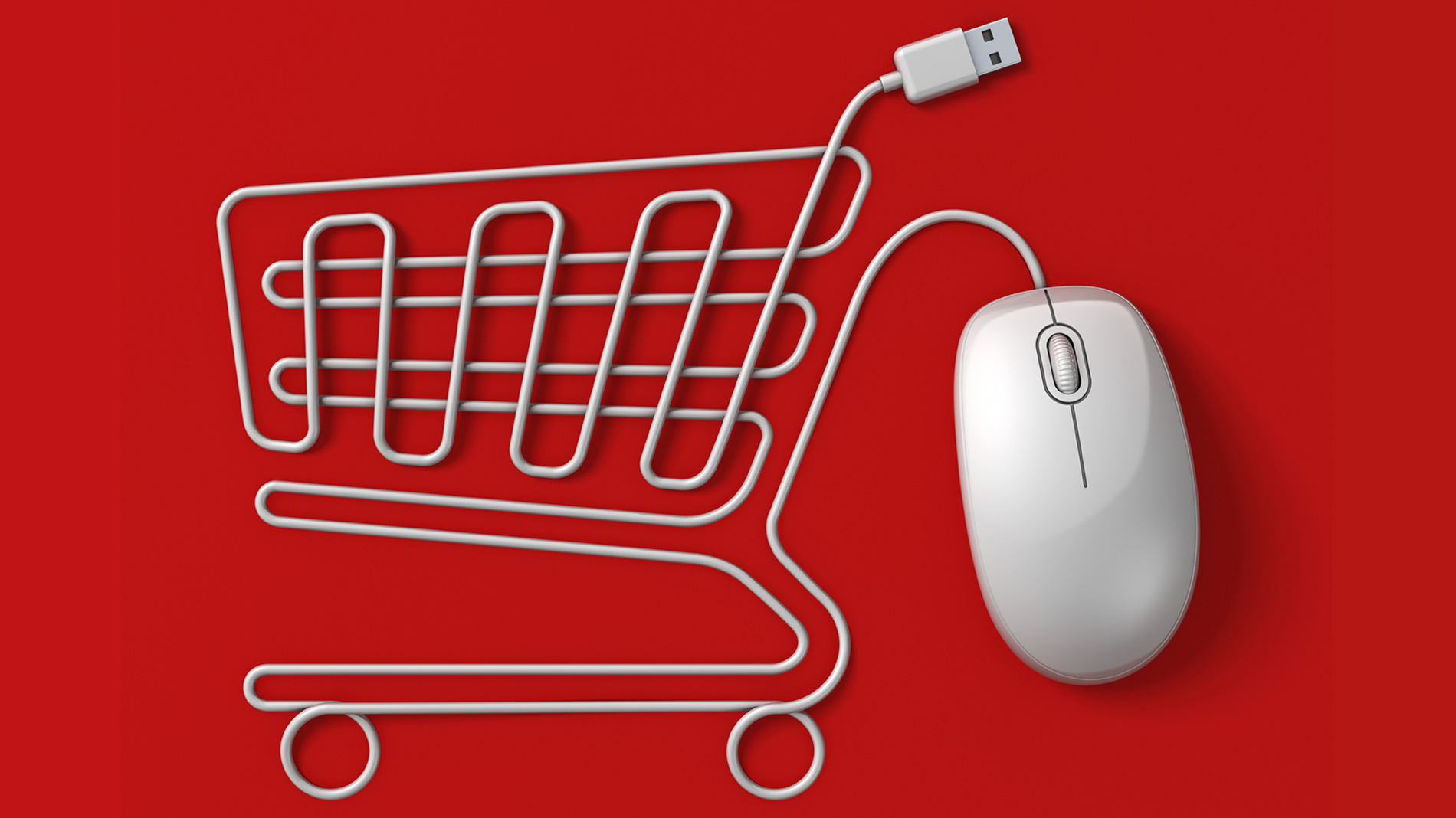According to a recent report by Business Insider, consumers in the United States will spend a whopping $385 billion on online shopping. We already know that e-Commerce is a fast-growing segment of the retail industry, but new data shows that traditional retail only grew by 2% during the first half of 2016, while online commerce grew by eight times that – 16%.
Part of what facilitates that kind of growth is the rise in mobile and online payments, and it’s not just in the United States. According to eMarketer, retail e-commerce (consumers shopping online) will touch $1.915 trillion, of which nearly $400 billion will come from the United States alone.
However, the largest market for consumer retail e-commerce will remain the Asia Pacific region, where volume is expected to touch $1 trillion.
Despite the aggressive growth of e-commerce around the world, only 8.7% of all global retail happens online. Total retail spending is expected to be around $22 trillion this year. But that’s going to change in a few years. This year alone, North America (U.S. and Canada) expect to account for $423.34 billion in retail e-commerce, a growth of 15.6% over last year. More than double that figure, or $899 billion, will come from China.
But it’s obvious that retail e-commerce is quickly catching up to overall retail spending. The 8.7% estimate for online retail this year will grow to 14.6% by 2020, reaching a total of $4.058 trillion.
As we mentioned above, the rise in online payments is part of what drives this kind of growth.
According to a report by CapGemini, wearable tech and contactless transactions (like NFC, or near-field communication such as Apple Pay uses) will be the new drivers of digital payment growth. That’s at the consumer-facing end; at the technology end are digital wallets like Apple Pay, mobile money operators like Mpesa, P2P apps like SnapCash and Facebook Messenger, and closed-loop payment systems like the Starbucks mobile app.
The report also shows that the key drivers of increased digital payments will help mobile payments grow at a CAGR of 23.2% between now and 2020. That’s a huge jump in the number of transactions, effectively doubling the total volume of mobile payments over the next five-year period.
One thing is clear from all of this data: that we’re spending more than ever shopping online, that mobile payments are gradually catching up to traditional online payment methods, and that new technologies are going to drive spending to even greater heights.
As a consumer, it’s far easier to order online today that it’s ever been. With Amazon dangling its Prime memberships in our faces, Apple Pay making it easy to pay directly from your Safari browser, a ton of payment-friendly wearable tech on the market and the constant evolution of the whole online payment landscape, there’s very little reason to get out of the house and wait in long lines at retail stores.
As important as the convenience of shopping online has been to the growth of retail e-commerce is the sheer availability of products and the willingness of consumers to buy stuff online that they wouldn’t have dreamed of a few years ago. Things like apparel and furniture aren’t what you would typically expect to buy online, but both these segments are growing. Online grocery shopping, for that matter, is evolving so fast that Google Express now expects to expand to the entire United States by the end of 2016, and is in direct competition with Amazon’s Prime Now service for grocery and other same-day, one-hour and two-hour deliveries.
And right in the middle of this are you and I, consumers caught up in a world that is rapidly moving towards mobile payments and the convenience of shopping online. Come to think of it, we’re the reason things are growing so fast. As we step up our demand for better products online, more choices to pick from, quicker delivery times, better returns policies, etc., the payments world, technology companies, e-commerce operators and everyone else is merely trying to lockstep with that demand.
At some point in the future, the majority of all shopping will be done online. We’re still possibly a decade away from that happening, but it’s inevitable. In the meantime, enjoy this holiday season shopping online because all of this hectic activity is solely for your benefit, and mine.
Happy digital and mobile payment processing! Er, I mean, Happy holiday shopping!
Thanks for reading our work! Please bookmark 1redDrop.com to keep tabs on the hottest, most happening tech and business news from around the world. On Apple News, please favorite the 1redDrop channel to get us in your news feed.



